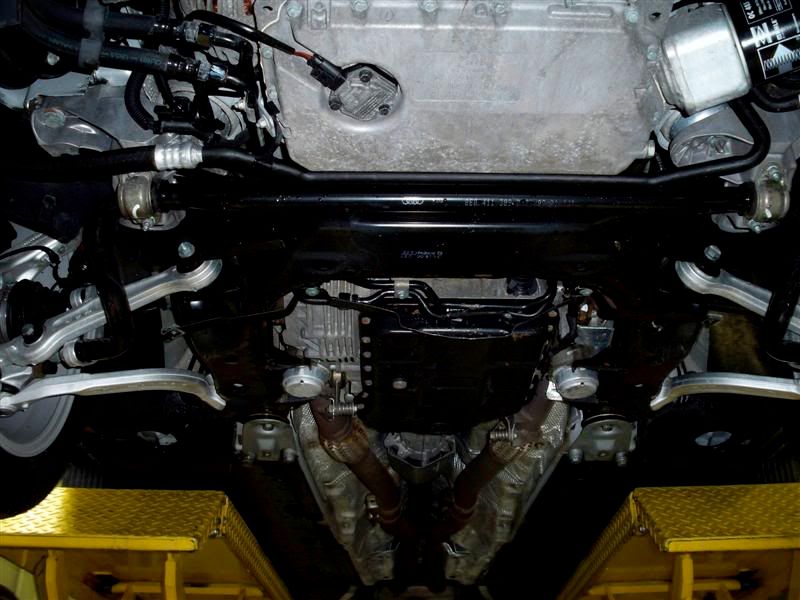I would think that car makers would make everything under there as durable as possible. If you think about it everthing from the road during the rain/snow gets up and under there, I say go for it.
Before you aske that question you should really really thing about some engineers..
Take GM and thier LT1 engines..
qouted from another source
""Why does the Opti-Spark Design Need Improvement?
In theory, the Opti-Spark design is good. In fact, high-resolution engine speed sensing leads to extremely accurate ignition timing, and was a rare occurrence even on high-dollar sports cars back in 1992. In practice however, quite a few things are problematic with GM's execution of the Opti-Spark distributor.
First and foremost, there are the typical wear, heat, and moisture problems xxxociated with a distributor cap and rotor. Since most Chevrolet V8 engines feature an easily accessible rear-mounted distributor, it is not a big deal to change the cap and rotor every 50,000 miles (or sooner in high performance applications). Plus, the availability of standard-style cap and rotor xxxemblies makes them extremely cheap. These facts do NOT hold true for engines with the Opti-Spark distributor.
From an accessibility standpoint, both the water pump and the crank pulley need to be removed in order to gain access to a failed Opti-Spark distributor. On Camaros and Firebirds in particular, this is not a quick (or fun) job.
From a reliability standpoint, the environment at the front of the engine is notoriously harsh for things like heat, water, and debris (not to mention other variables like leaky front crank seals and worn, leaking water pumps!), but the Opti-Spark distributor is not even sealed on 1992-1994 models! Later versions of the Opti-Spark incorporate a seal and venting provision, but are by no means free of problems.
From a cost standpoint, the Opti-Spark units can retail for well over $400, depending on model year. Dealers have been heard to quote over $1000 (parts and labor) to replace this item!
To add insult to injury, the Opti-Spark distributor uses a "Correct-a-Cap" design that places the spark plug wire terminals on the proper side of the engine for easy spark plug wire routing. To do this, the terminal traces molded into the distributor cap must come extremely close to one another, which leads to premature arc-over in high-load applications and applications using constant high-voltage (Capacitive Discharge) ignitions. Not good.
""


